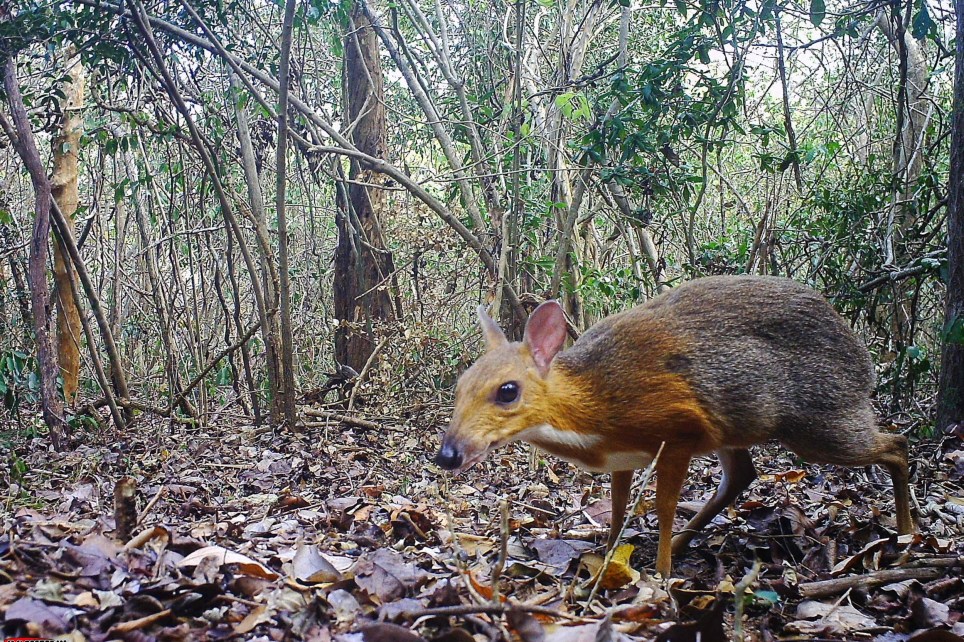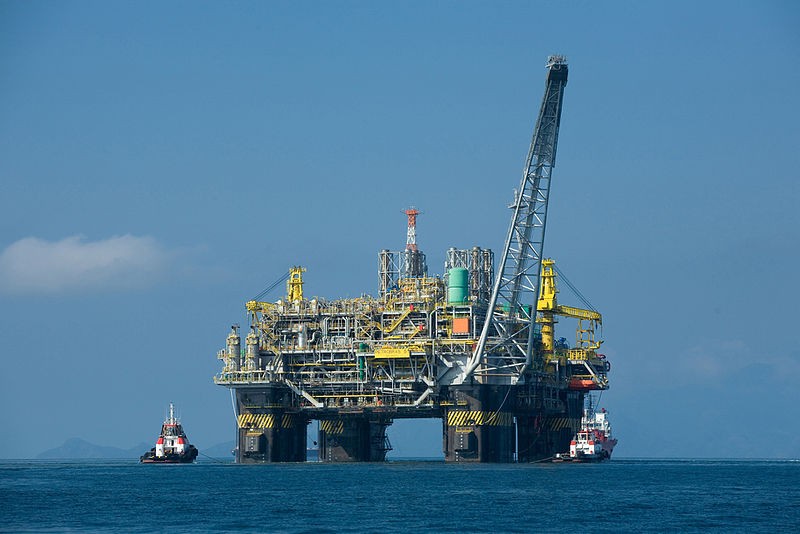It is still frustrating that often climate issues are one of the lowest priorities for a government. Sure, we want clean air air and clean water but even Donald Trump talks about this. As such it was fantastic to see that one of the main debates was on the climate.

As such it was fantastic that the majority of political parties in the UK sent their leaders to sell their climate policies to the British public.
What should we make of the fact that 2 of the parties failed to turn up. It is true that the Conservatives sent Michael Gove in Boris Johnson’s place, however what does it say about the most likely candidate for Prime Minister that he did not think it was worth turning up and debating with other leaders on climate change.
We live on an island, if as we are currently heading we hit the temperature rises that are predicted by the end of the century then significant parts of the United Kingdom will be underwater. A collapse of the the ice shelves in the Antarctic that hold the ice in the middle, could mean Rises in sea level above 10 m worldwide.
I have been thoroughly frustrated by the conservative party’s record over the last decade in power. For those who read here regularly you have seen occasional articles on this subject in question. From scrapping the the solar subsidies ( apparently because they were too expensive) to continue to give subsidies to fossil fuel companies, for instance by only charging 5% VAT on gas for heating, amounting to over 10 billion pound a year ( I hope I the people see the contradiction here as well).
In my opinion, Boris Johnson’s cowardice yesterday evening in failing to turn up and have his parties environmental policies debated, simply says that he is not a suitable Prime Minister. It is unfortunate with the current standing of the Labour Party that the Conservative Party are a long way in the lead.
I myself live in one of the safest conservative seats in the country. I have proved to be a bit of a political butterfly, unwilling to Settle on one particular party for the simple reason that no party is satisfactory when it comes to the environment ( the greens may indeed come closest but they have some odd views on other areas such as the monarchy, which relegates them in the majority of the country to protest vote).
Given the incredible importance of making dramatic improvements to to our carbon emissions over the course of the next Parliament or two, Brexit is a distraction we’re dont need- when we should be concentrating on making sure that the environment we leave for our children and grandchildren is hospitable, we’re going to spend the majority of the next decade trying to sort out the mess caused by brexit.
I know some would argue therefore for that we should all vote conservative give them a huge majority and allow them to push through whatever they like like leaving us a clean slate to get to work on the environment. However there are still other problems with their position. They are extremely keen to do a trade deal with America, and while it is certainly important for our future prosperity as a country this should not come at any cost. Trump’s government are demanding extraordinary things when it comes to climate and environmental protections: we run the risk of being on the wrong side of History.
It was good to see those leaders who bothered to turn up having a serious debate about climate change and the environment. I certainly hope that some of their policies are able to be put in place whoever wins. My own feeling is that on this occasion both over the climate and Europe we cannot afford a conservative government. With a Coalition of some sort they will have to work together, as such it is worth looking at voting tactically to deny them the ability to go off on their own.
If you wish to have your say either way, and live in the uk the election is today.















